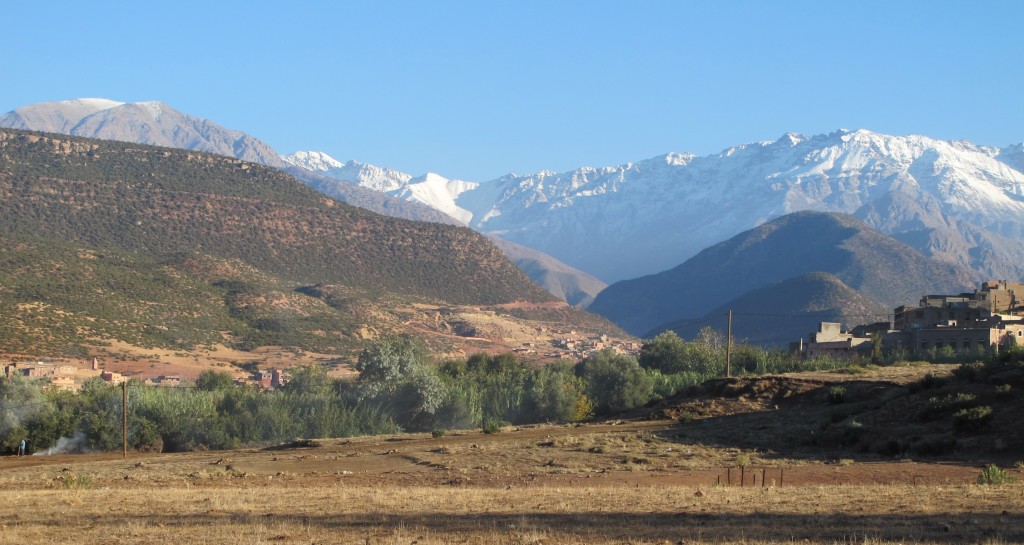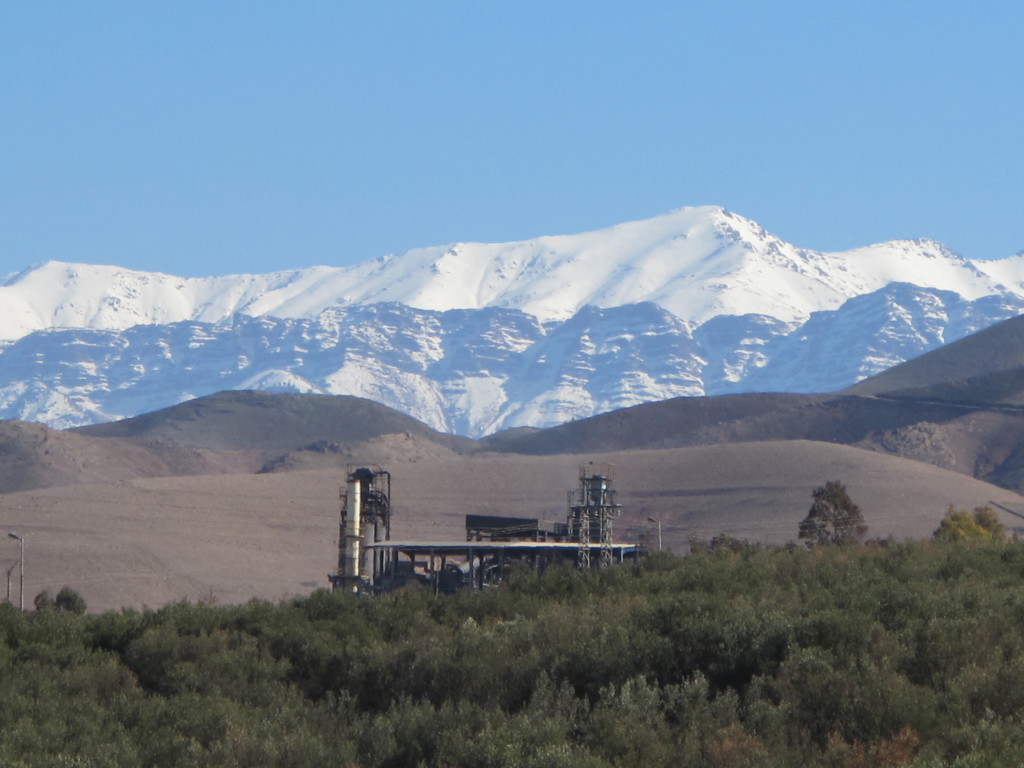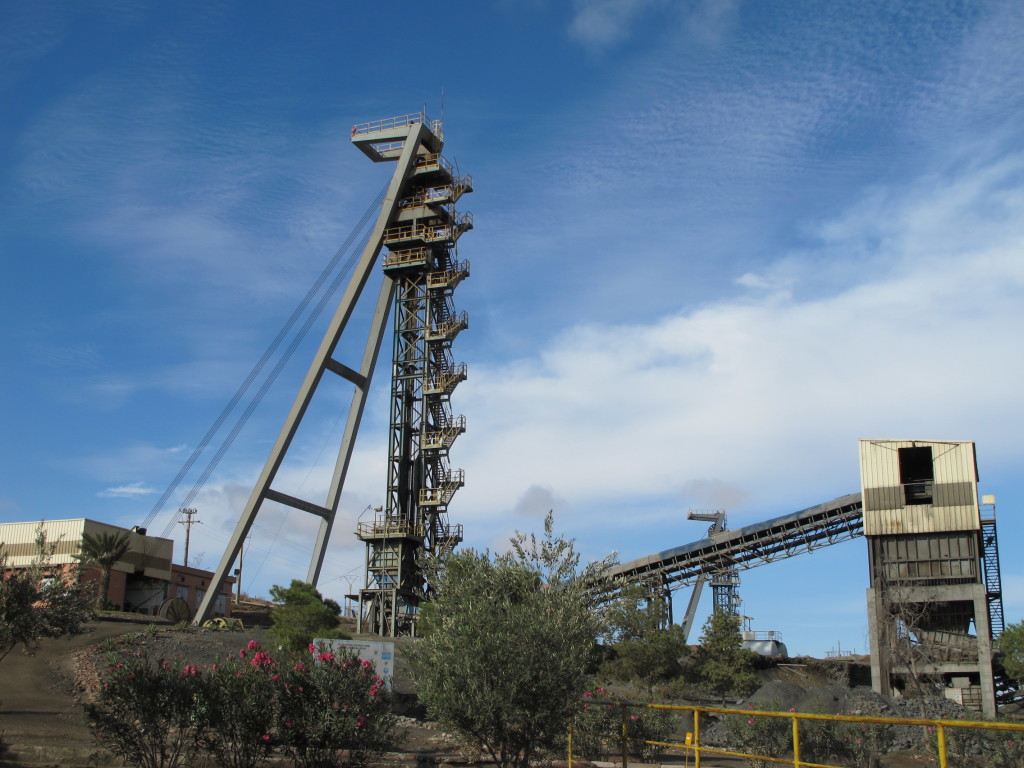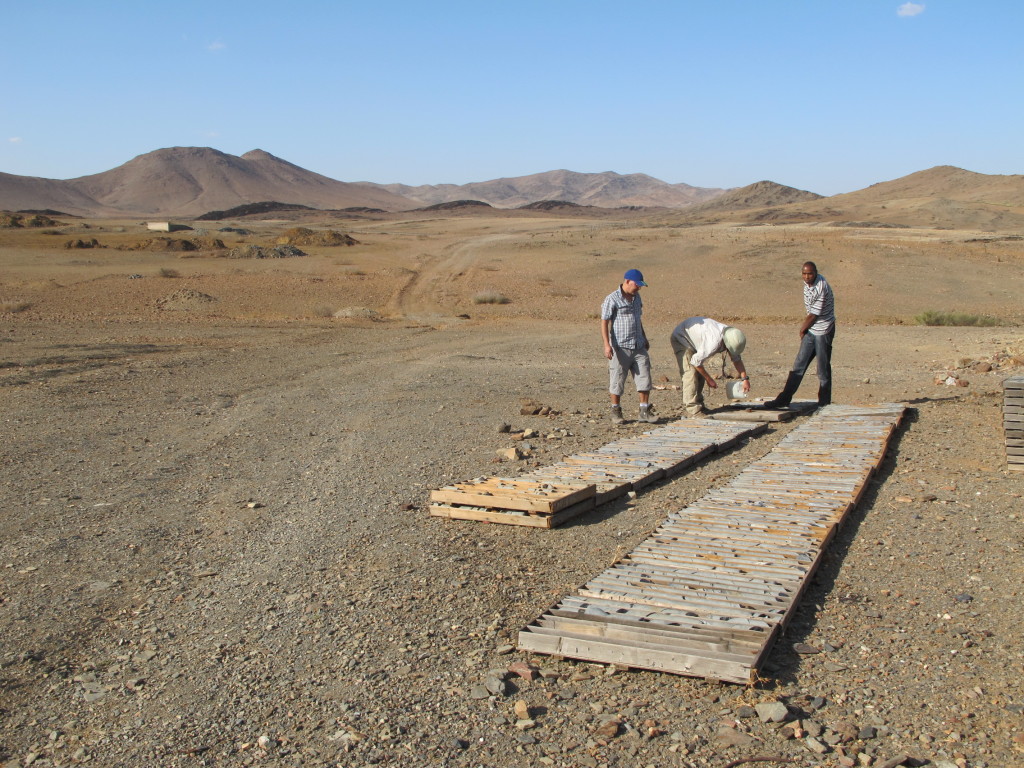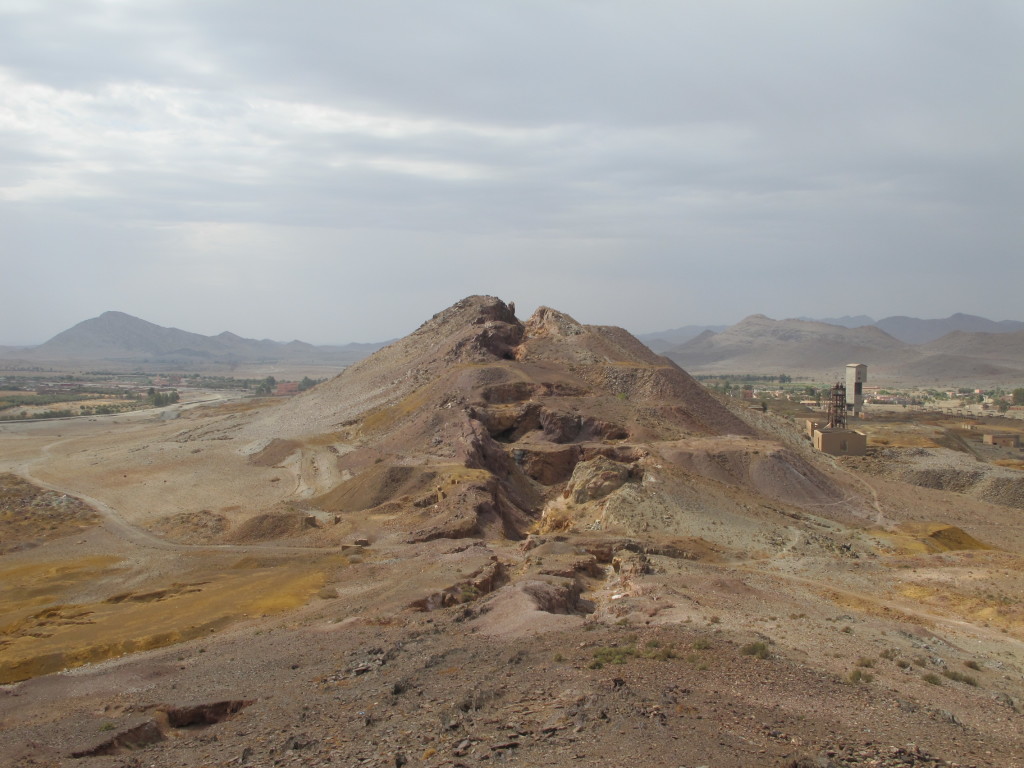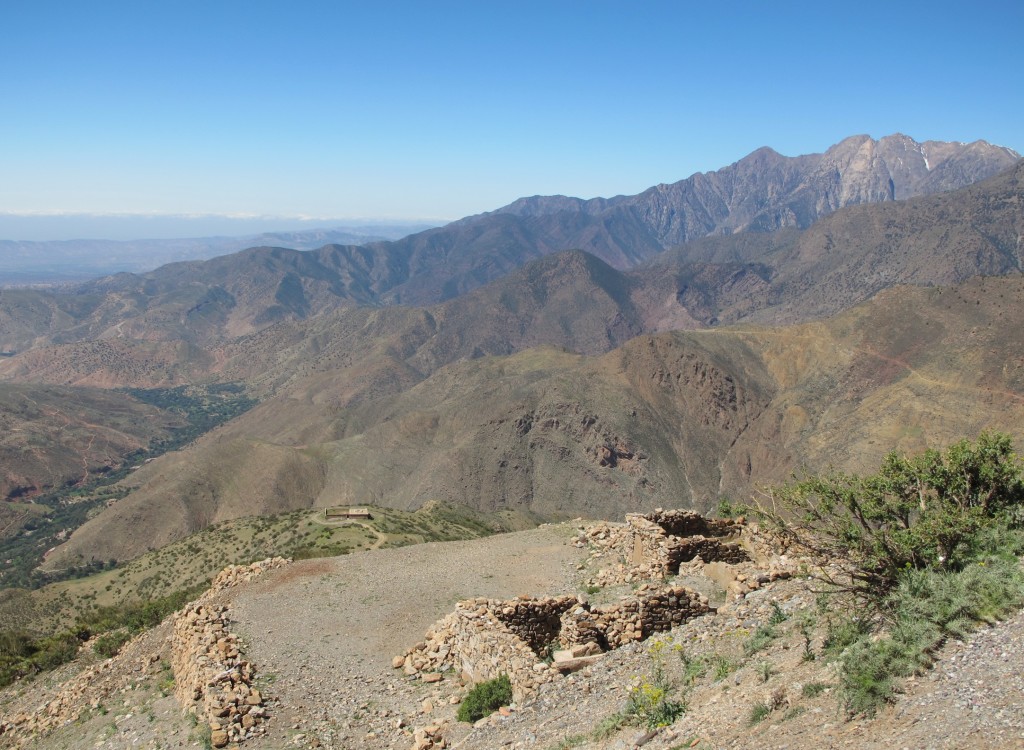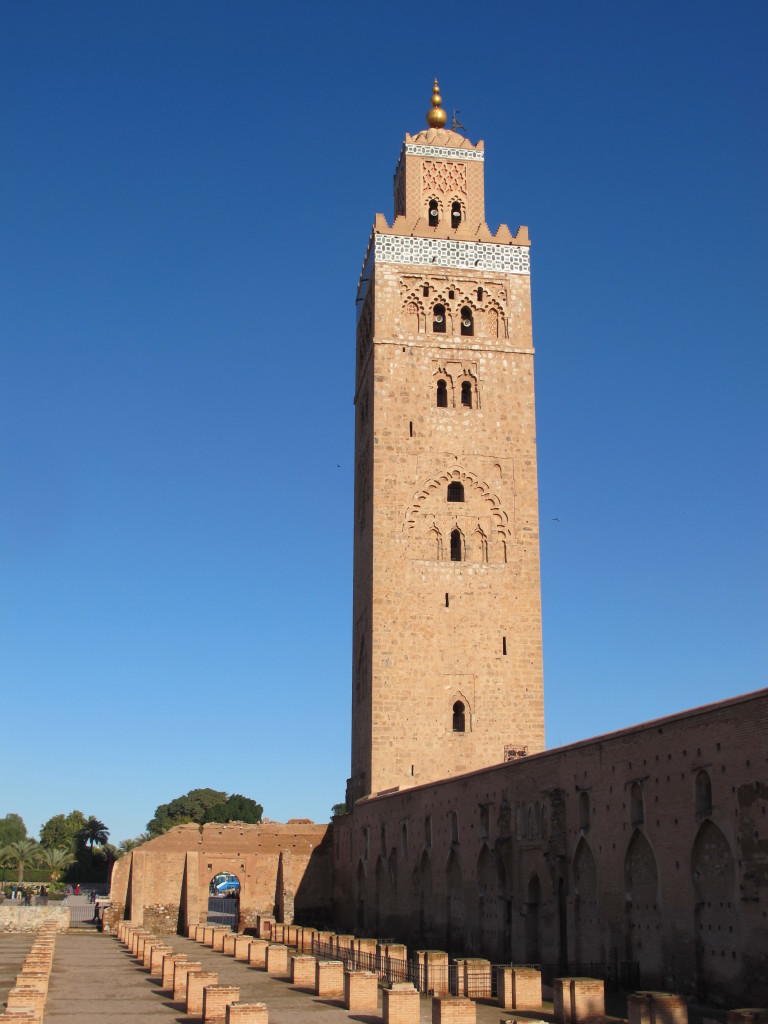Kathryn Goodenough is a Senior Geologist at the British Geological Survey (BGS), where she works on research in the Ore Deposits and Commodities Team and also acts as Deputy to the Director of BGS Global. Her work takes her all over the world, including fieldwork in places ranging from the centre of Singapore to the Greenlandic fjords, but here she describes the research that BGS is developing in Morocco.
Morocco is a country with a long and rich geological history, and a diverse range of mineral deposits. Mining makes an important contribution to the country’s economy, and mineral exploration projects are also under way in many areas. At BGS we are building a collaborative project with Moroccan colleagues from the Université Cadi Ayyad in Marrakech, to further study the genesis of some of these mineral deposits. Many of the major mines and exploration projects are owned and managed by Managem Group, which has provided significant support for the work so far.
Our interest in Moroccan mineral deposits is particularly focused on areas that have been affected by the Variscan orogeny. Around the ‘rose city’ of Marrakech lie areas of Carboniferous sedimentary rocks that were deformed and metamorphosed to low grades during the Variscan. This area is characterised by a number of polymetallic massive sulphide deposits that represent sizeable resources of copper, lead and zinc, and locally also contain gold and silver. Two of these deposits are exploited by underground mines, one to the south of Marrakech (Hajjar) and the other to the north of Marrakech (Draa Sfar). Draa Sfar is one of the deepest mines in North Africa, with its deepest shaft reaching more than a kilometre below ground. Draa Sfar lies within an area known as the Central Jebilet massif, just north of Marrakech, which also hosts many other massive sulphides, including the previously-mined Kettara deposit.
The massive sulphide bodies have narrow, linear surface expressions but extend to depths of many hundreds of metres. They have typically been considered to represent classic volcanic massive sulphide systems that formed on the ancient sea floor, and were subsequently deformed and tilted into their current near-vertical positions. However, an alternative theory has recently been proposed, suggesting that they were formed in association with deformation and magmatism, and focused along shear zones, so that their current steep dips were formed during emplacement and reflect this structural control. Understanding the regional context, and identifying which hypothesis is correct, is vital for future regional exploration.
During recent field trips to Morocco, we have visited many of the massive sulphide deposits in the Central Jebilet, and descended into the active mines. We have also travelled further afield, for instance to the Anti Atlas mountains further south, to visit other metal deposits in areas affected by Variscan deformation. Our next step, starting in the autumn of 2015, will be to carry out more detailed stratigraphical and structural mapping of part of the Central Jebilet, in order to improve our understanding of the regional controls affecting where the massive sulphide deposits occur. Collaborating with our Moroccan colleagues and PhD students, we will follow up with mineralogical and isotopic studies. Our objective is to significantly improve understanding of this major sulphide province, in order to focus future mineral exploration.
![]() This work is licensed under a Creative Commons Attribution-NonCommercial-ShareAlike 4.0 International License.
This work is licensed under a Creative Commons Attribution-NonCommercial-ShareAlike 4.0 International License.

